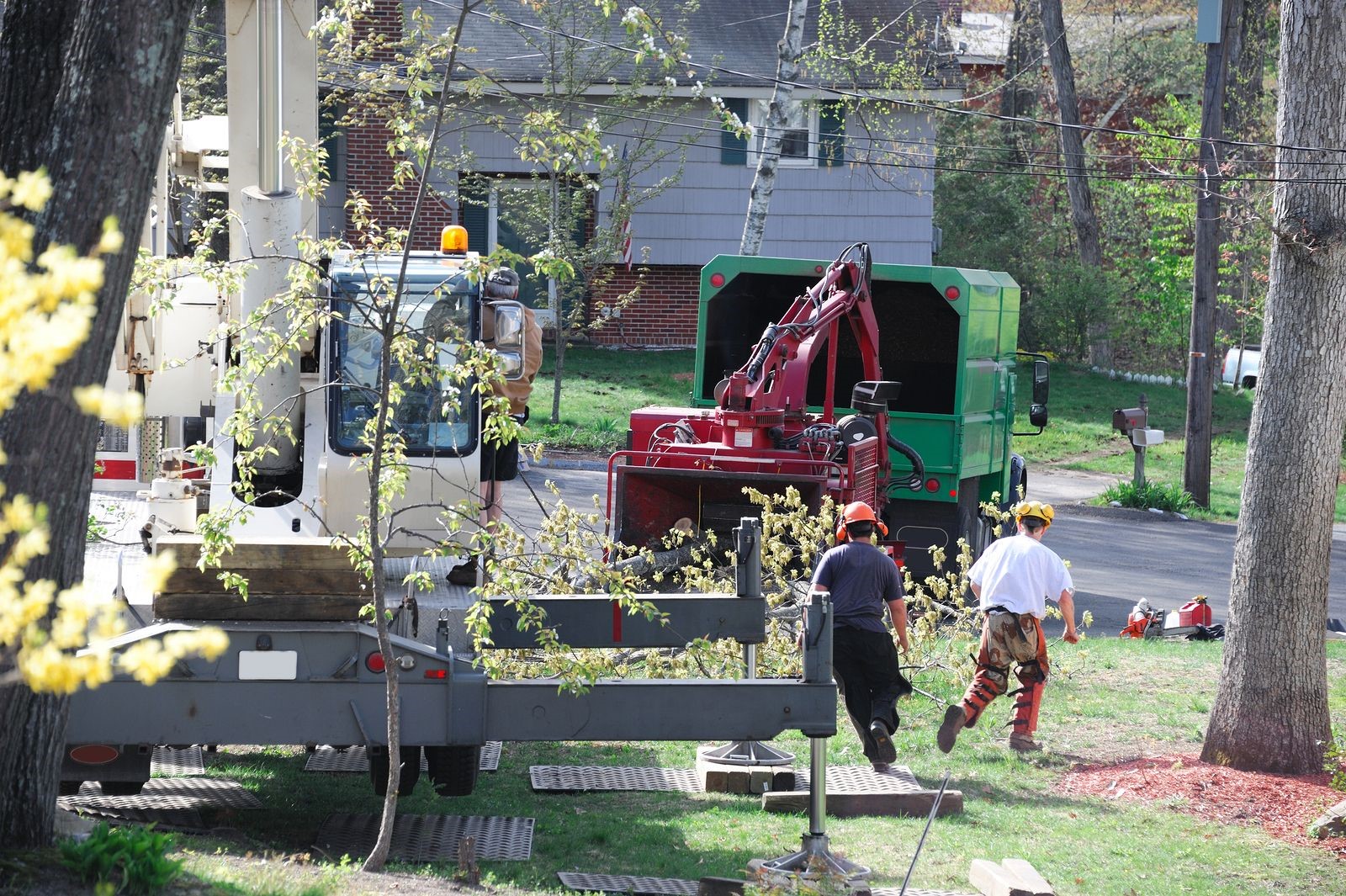A tree is a much-beloved part of a residential home. Not only does it make the air feel fresher and cooler, but it also serves as a beauty point that can increase the value of the property. The problem arises when a tree is diseased. The decision to keep or remove the tree is one that shouldn’t be taken lightly. Here are a few things a homeowner must consider before making the final verdict.
Extent of Damages
Though pervaded with abnormal growth and appearance, a sick tree can still survive for many years when treated correctly. However, if over 50% of the tree is affected by the disease it may be wise to eliminate it. The interior and exterior parts of the tree must be examined to be able to come to this determination. The interior examination refers to the presence of cavities or holes. Hollow trunks could compromise the tree’s strength, turning it to a hazard for people. So if the rot affects more than one-third of the tree’s insides, removal may be your best option.
The exterior examination includes the trunk and branches. Fissures and cracks on the tree’s bark often indicate internal decay. If it only covers less than 25% of the trunk’s circumference, treatment can be attempted. The same principle applies for dead branches as they may break off and fall on someone.

Tree Species
A tree’s chance of recovery is also affected by its species. Some varieties of trees are weaker than others. It can be caused by the small size of its trunk, the poor quality of wood, and the shallow root systems. When these types of trees are attacked by disease, their physical qualities often won’t allow them to survive. In this case, a tree removal is a more logical thing to do. There are many undesirable tree species you should be careful of, among which are ash, mulberry, white birch, mimosa, and willows.
Aside from diseased trees, a tree removal is also warranted for hazardous trees. For example, trees that grow skewed more than 15% from vertical are best removed before it could fall over and hurt passersby. Insufficient space for growth is also a cause for concern because a tree that grows too close to a building or structure can pose various risks and potential for damage.
If you are wondering about the best thing to do with a tree on your property, consult with a tree removal specialist to assess its condition and environment.
Sources:
How Do You Decide When to Remove a Tree?, Extension.UMD.edu
Should You Remove That Tree?, AngiesList.com




